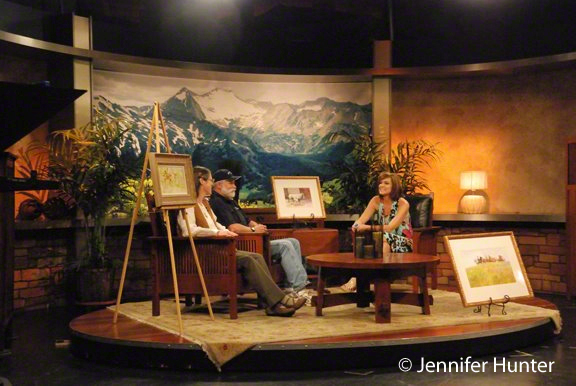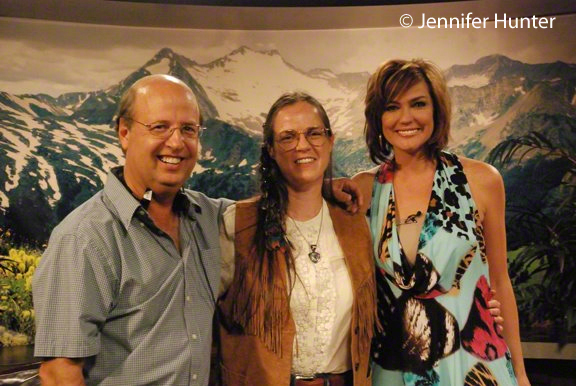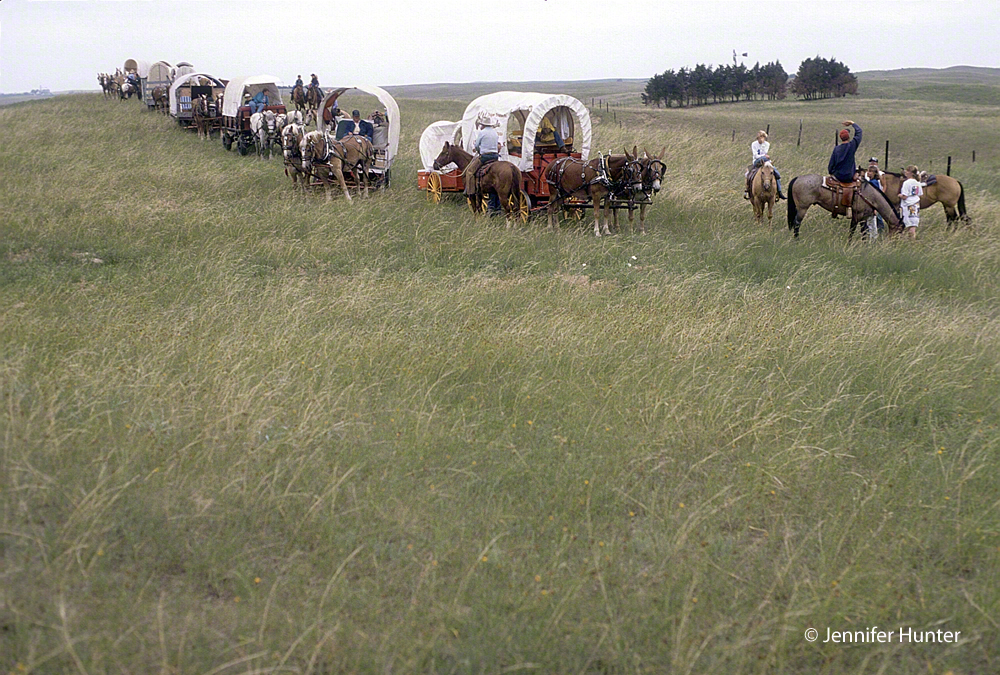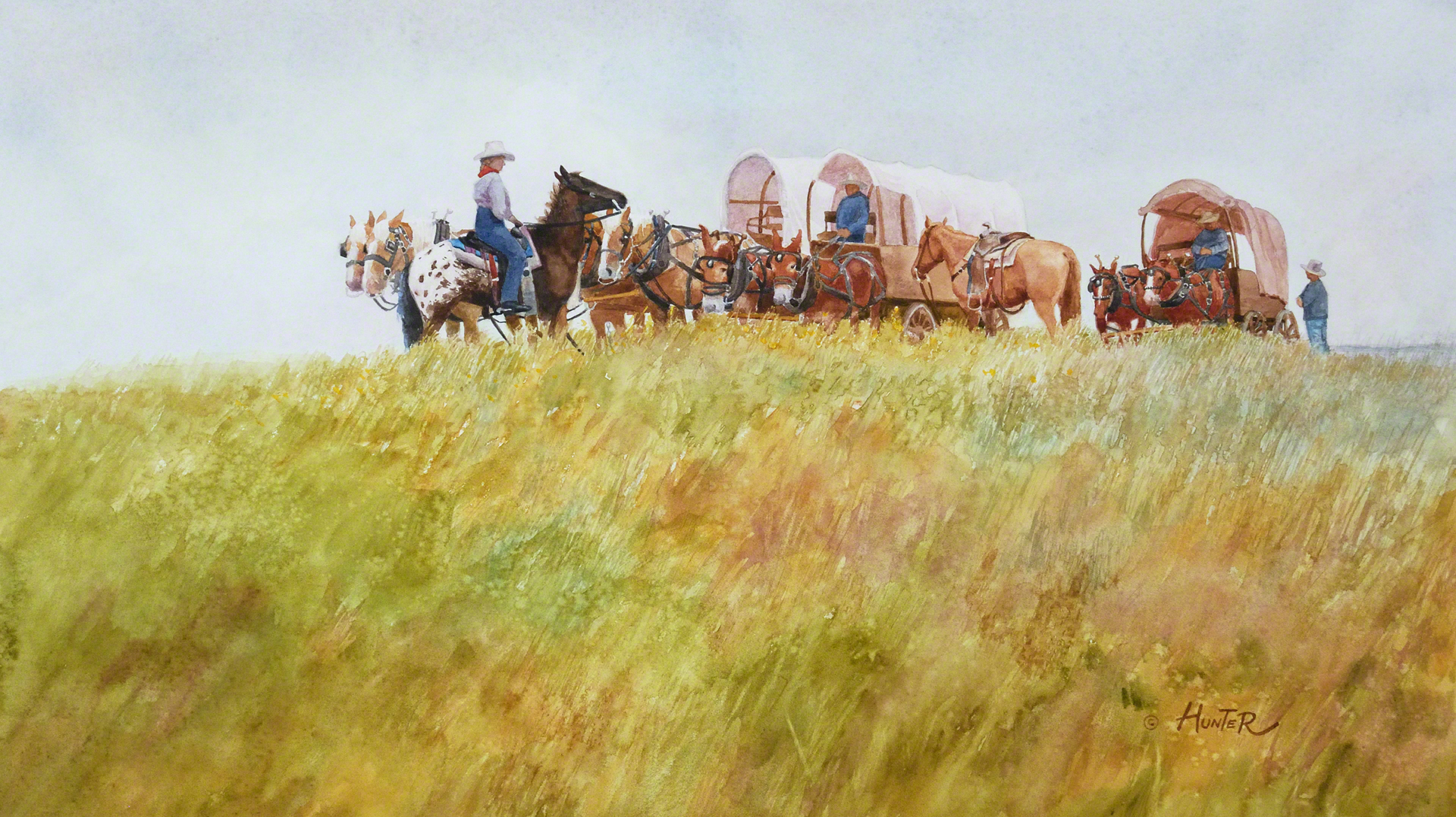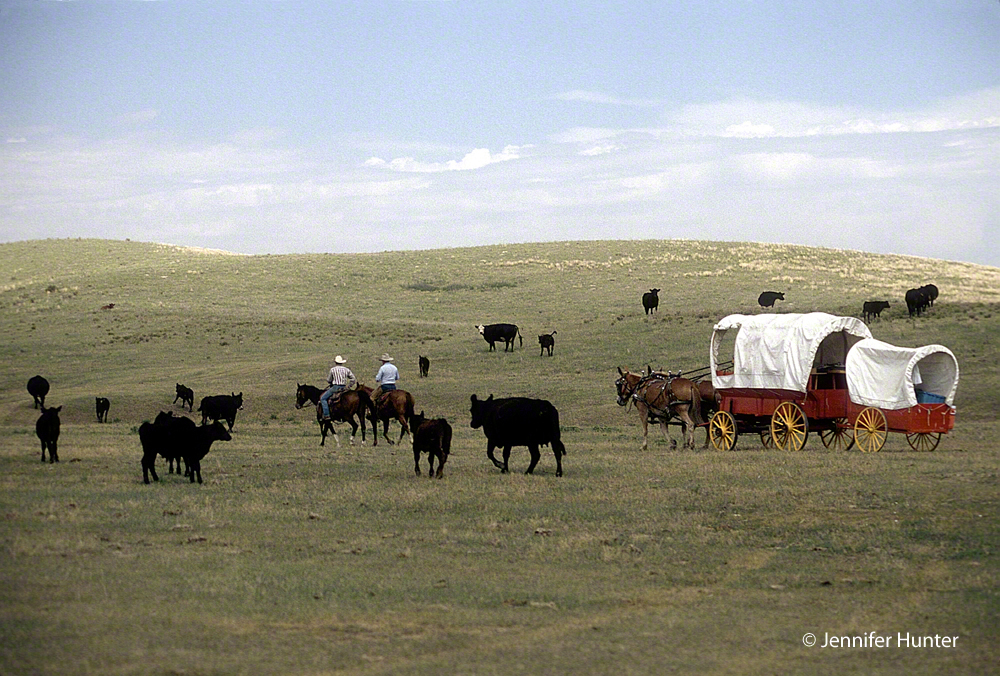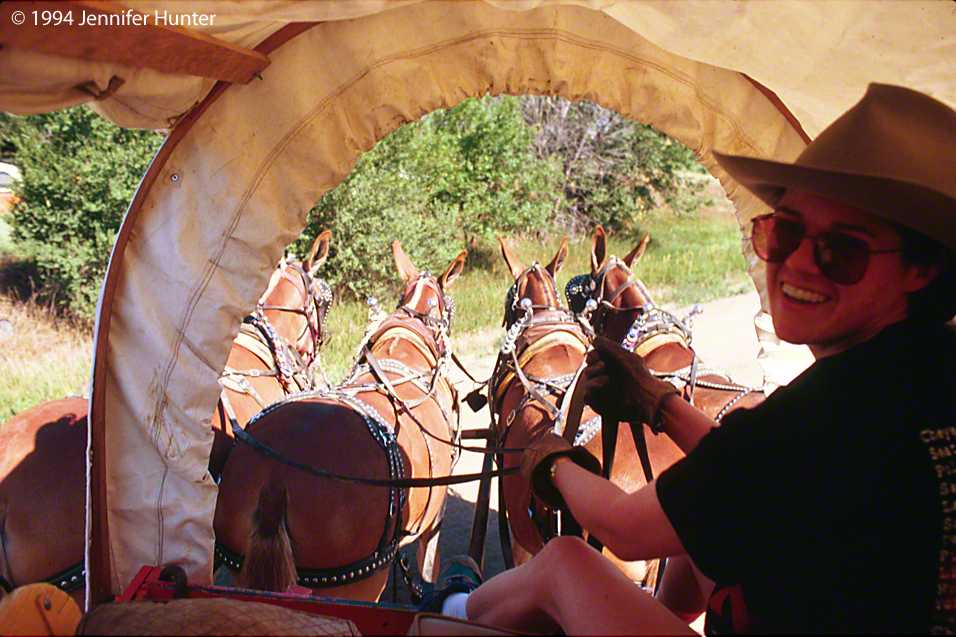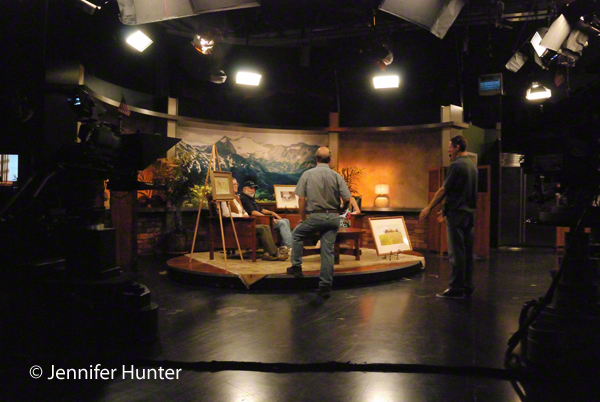Here is my interview script from my appearance on "Colorado & Company" in the 9 News Studios in Denver on the NBC affiliate KUSA.
Here is my interview from my appearance on "Colorado & Company" in the 9 News Studios in Denver on the NBC affiliate KUSA.
Denise Plante:
What can you tell me about the founder of this event, Richard Schmid?
Jennifer Hunter:
I met Richard when I was in art school at the American Academy of Art. He was a famous graduate of the Academy and wanted to come back to share his knowledge with the students. He often gave painting demonstrations and discussed the process with students in the spirit of giving.
Richard started the art auction to raise funds for the Rist Canyon Fire Department when he was a resident of the community and it has continued ever since. He speaks about “the power of art to do good.”
Richard Schmid personally selects the artists for the show from digital images of the work and I’m honored that he included my painting in this show for such a great cause. He wasn’t aware of who the artists were when he juried the show.
Denise Plante:
What can you tell me about your painting that we have here?
Jennifer Hunter:
I’ve traveled a few times by covered wagon and I’ve painted some of the images from that experience. This came from a day on the wagon train where we were traveling through some beautiful grassy fields in Nebraska and we stopped to rest the horses. We were away from the roads and farms and you could look out and see land like the pioneers would have seen it without fences. I was able to get off the wagon and shoot some pictures.
This is a transparent watercolor, which means that the white that you see is the paper since there is no white paint. Light strikes the painting and reflects back off the surface of the paper and through the pigments to your eye, which is why transparent paints are so beautiful.
Watercolor is known as “the masters medium” because you need to plan it before you paint it. Since the colors are transparent, you can’t hide any mistakes, and you can’t always remove the paint. Some colors are very staining, so you have to paint it right the first time. Also timing is everything because a wetter area of color will bleed into a less wet area. In general, you paint the lighter areas first since you can always get darker. The paint settles in layers and if you disturb the layers, it’s like stirring up mud on the bottom of a stream. You really need to plan and paint the picture in your head before you put the brush on your paper.
Denise Plante:
What was it like to travel in a covered wagon train?
Jennifer Hunter:
You’d wake up early and get breakfast and feed the horses. Then you had to get the horses harnessed and hitched to the wagons, which happens pretty fast. When the wagon master says to move out, everyone starts driving the wagons and they don’t wait for you if you’re late which I learned one day when I spent too much time taking pictures. They need to travel about 20 miles a day to prearranged stops and want to get going in the coolest part of the day to make the most time. It is pretty hot in the afternoons and tiring to go bumping down the roads all day so when you camp for the night, you’re out like a log. There was always a noon stop where the horses were unhitched and watered and rested.
The wagon wheels have steel rims over wood and only a tin leaf spring on the wagon to absorb any bumps, so it’s a lot of vibration over gravel and bumps as you move over the ground. Some of the ranchers made covered wagons out of farm trailers complete with rubber car tires and brakes. They ride a lot smoother, but lack the historical feel of an authentic wagon.
One of the funniest things I saw was when the wagon I was riding in pulled into a gas station to get some grease for the axels. 4 Belgian horses pulled right up to the gas pumps and the attendant came out to see what we needed. The axels need to be greased along the trip. I don’t have a picture of that, just my memory.
Denise Plante:
Did you get to drive the wagons too?
Jennifer Hunter:
Yes. I learned how to drive with a team of mules hitched 4 across.
You have to think about where you want them to go and they turn slowly in a big wide arc. You get them to turn by pulling back on the reins to slow the mules on the side you’re turning toward and let the mules on the opposite side walk faster. They respond to voice commands to walk and stop. The wagons have brakes that will help hold the wagon on hills, but brakes will not stop a runaway team.
When horses or mules are hitched 4 across they are much closer to you and easier to control than when they are hitched 2 in front and 2 behind. A lot of the wagons were heavy and it took 4 draft horses or draft mules to pull them.
I also got to drive Belgian draft horses and ride them bareback. They’re so big, that you can’t really get your legs around them.
Denise Plante:
Were there any times when the journey was difficult?
Jennifer Hunter:
There was one day that we had had a lot of rain the night before, which made the dirt roads muddy and the wagon wheels dug in. The horses tired out early that day and they had to stop and switch teams around on one of the bigger wagons and retire 2 of the 4 Belgians for the day. Essentially they were switching wagons giving the 2 horses a smaller wagon to pull. They used ropes to tie to saddle horses and the riders helped pull the wagon up the hills. Everyone helps each other out.
Les told me that I’m the first “Muleskinner” they’ve had in the art show. The Art community of the auction is very much in the same spirit of helping your neighbors just like the wagon train.
Denise Plante:
What is the other painting you have here?
Jennifer Hunter:
This is smaller watercolor of miniature horses that live near my home. I really love horses and try to put them in my paintings as much as I can. The motion of a horse is really beautiful. I grew up next to a farm, and rode ponies through the neighborhood. One pony even followed me into my house one day from the garage much to my mother’s surprise. After that we closed the door behind us.
The other painting is an oil painting by Richard Schmid. He is a master of color and “Alla Prima” painting which means he paints directly from life.
Some of the brushwork in oil will be thick paint and some will be thinly painted washes of oil usually in the background. This gives a lot of variety of color and pattern that makes the work so interesting. It’s a labor of love. Great art is a marriage of color, pattern, shapes and values combined with knowledge of form and good drawing skills. There is a good abstract pattern within the representational art. It’s also a way of seeing the subject differently and letting yourself receive the inspiration from what you see.
